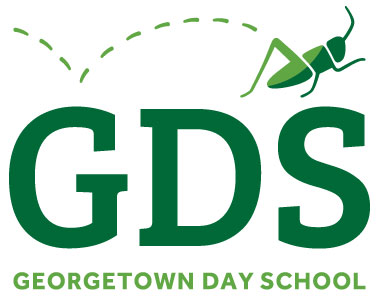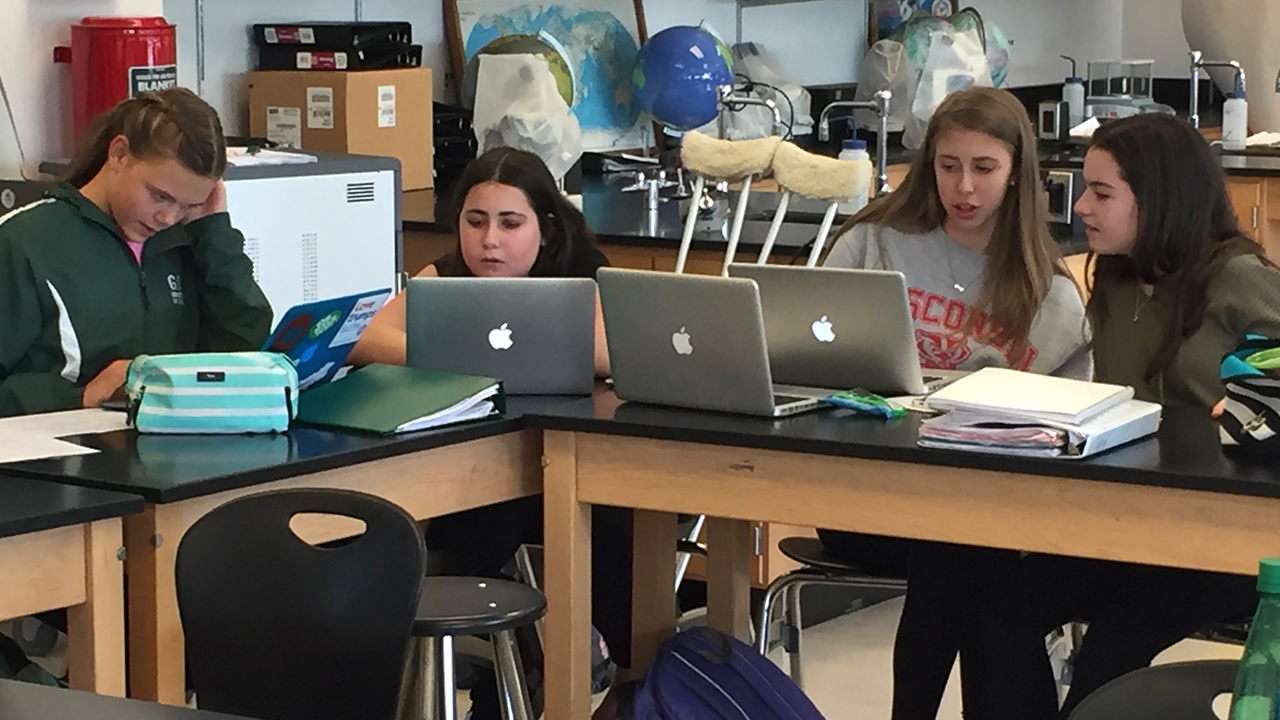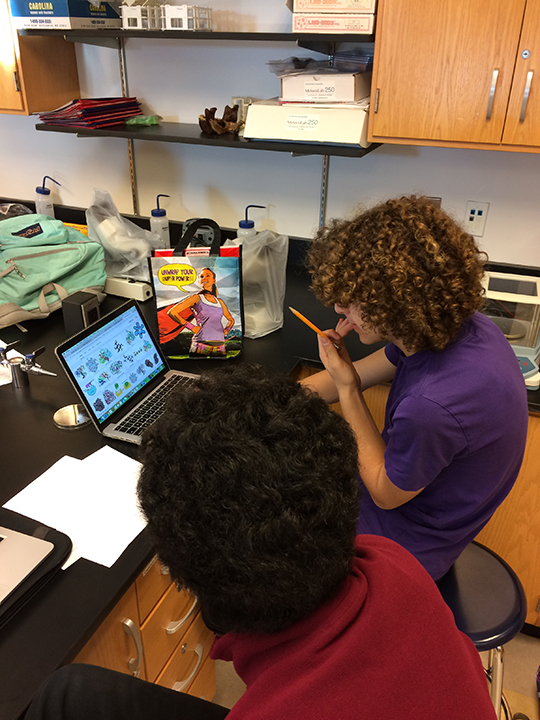In mid-November, 9th grade biology teachers Cori Coats, Bill George, Shawn Teter, and Quinn Killy launched a week-long project in support of GDS’s Innovation and Technology initiatives, and introduced students to computer programming using MIT’s student-friendly Scratch programming language.
The students had been learning about fundamental concepts for any introductory biology course: enzymes, substrates, and catalytic reactions. In order to demonstrate that knowledge, they might traditionally have been asked to give a presentation, write a paragraph, or create a diagram to illustrate what they’ve learned. This time they were asked to create a digital game or interactive story to explore biology in a new way.
In preparation for their work during the week, they watched short tutorial videos from Lynda.com, an online library of video classes available to all of our students, to learn about the Scratch platform and its possibilities. Students paired up with partners and planned how they could best illustrate biology concepts like induced fit and reaction rate.
During class, they worked together to code programming logic for their Scratch projects. The project introduced them to fundamental programming concepts like scripts, variables, loops, conditionals, and events—concepts and technical skills that can prepare students for future programming classes at GDS and life beyond GDS, as computer science competency is proving valuable in a growing number of fields and college programs.
At the end of the week, the students shared their creations with each other and the class, reflected on the challenges they faced, and thought about the ways programming might come in handy in future classes.
Take a look at their work on the Scratch GDS Enzyme Project Studio, where it’s shared for others to play with and remix.






